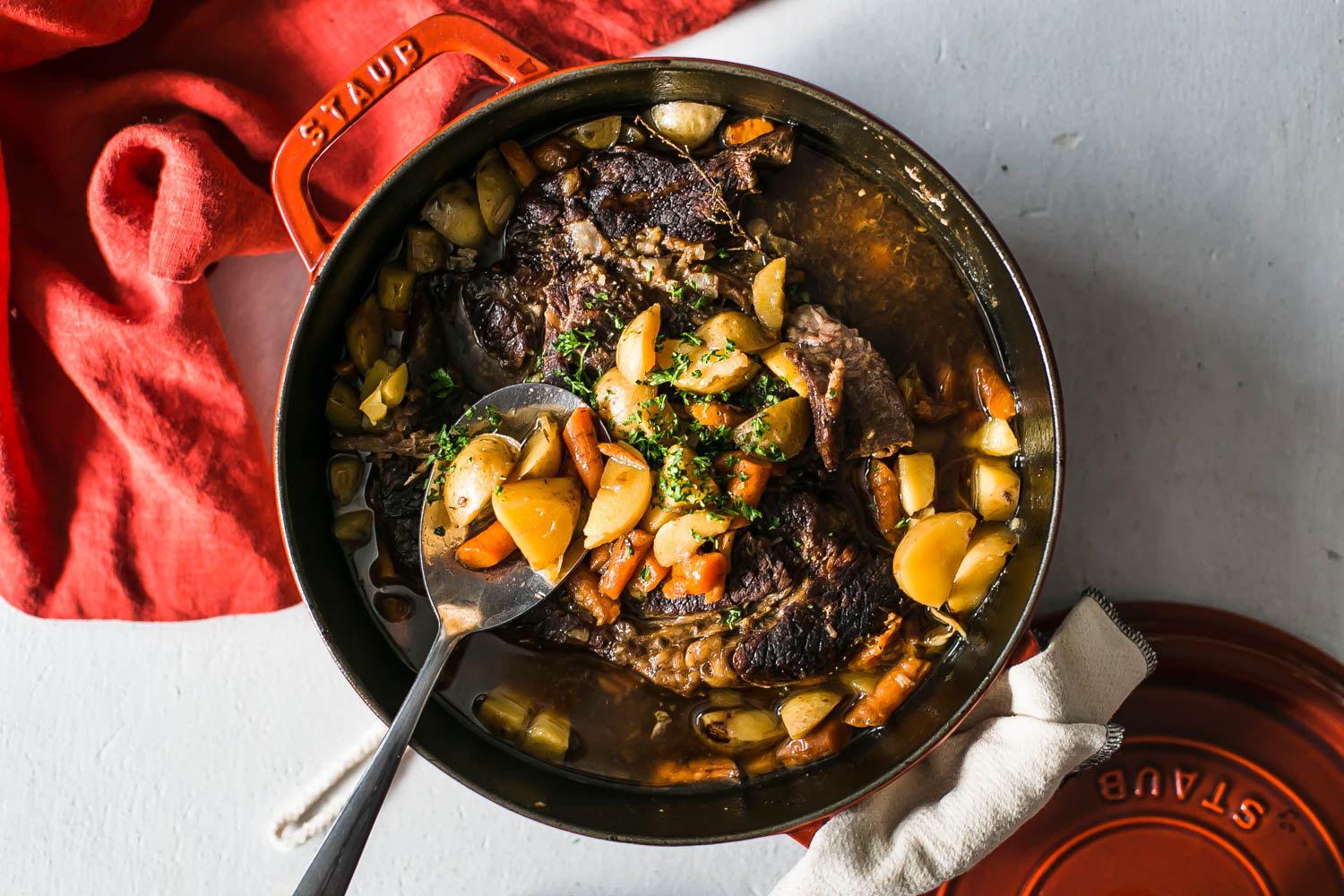

Articles
How To Cook Pot Roast In An Electric Skillet
Modified: January 5, 2024
Looking for articles on how to cook pot roast in an electric skillet? Discover expert tips and step-by-step instructions for a delicious pot roast recipe.
(Many of the links in this article redirect to a specific reviewed product. Your purchase of these products through affiliate links helps to generate commission for Storables.com, at no extra cost. Learn more)
Introduction
Are you craving a flavorful and tender pot roast but don’t have access to a traditional oven? No worries! With an electric skillet, you can achieve the deliciousness of a pot roast without the need for an oven. Whether you’re a seasoned chef or a beginner in the kitchen, this article will guide you step-by-step on how to cook a mouthwatering pot roast in an electric skillet.
One of the advantages of using an electric skillet is that it provides a consistent and even heat distribution, which is crucial for cooking a perfect pot roast. The controlled temperature settings of the skillet allow you to slow cook the meat until it reaches the desired tenderness while developing rich flavors.
In this article, we will cover the process of choosing the right cut of meat for your pot roast, preparing and seasoning the roast, searing it to lock in the juices, adding vegetables and liquid, and cooking it to perfection in the electric skillet. So grab your apron and let’s get cooking!
Key Takeaways:
- Master the art of cooking a mouthwatering pot roast in an electric skillet with the right cut of meat, perfect seasoning, and slow cooking for tender, flavorful results.
- Elevate your culinary skills by searing, adding vegetables and liquid, and checking for doneness to serve up a delectable pot roast that will impress your guests and leave them craving for more.
Choosing the Right Cut of Meat
Choosing the right cut of meat is essential for a successful pot roast. You want a cut that is flavorful and tender, capable of withstanding a long cooking time without becoming tough or dry. Here are a few options to consider:
- Chuck Roast: This is the most popular choice for pot roast due to its well-marbled meat and rich flavor. It comes from the shoulder area of the cow and has enough fat content to keep the roast moist and tender.
- Brisket: Brisket is another excellent choice for pot roast. It comes from the chest area of the cow and is known for its deep, beefy flavor. Slow-cooking a brisket in the electric skillet will result in a tender and succulent pot roast.
- Round Roast: Round roast, also known as bottom round or eye of round, is a leaner option compared to chuck roast or brisket. While it may not have as much marbling, it can still be a delicious choice when cooked slowly and properly.
When selecting your meat, look for cuts that are well-marbled with fat, as this will contribute to the tenderness and flavor of your pot roast. Additionally, consider the size of the cut, ensuring it will fit comfortably in your electric skillet without overcrowding.
Remember, the quality of the meat will greatly impact the final result, so choose a cut that is fresh and from a reputable source. Now that you have selected your meat, it’s time to move on to the next step: preparing the pot roast!
Preparing the Pot Roast
Before you start cooking the pot roast, it’s important to properly prepare the meat to enhance its flavor and texture. Follow these steps to ensure a delicious outcome:
- Pat the meat dry: Take the pot roast out of its packaging and pat it dry with paper towels. Removing excess moisture from the surface of the meat will allow for better browning during the cooking process.
- Trim the excess fat: While some fat is desirable to keep the roast moist, trim any large pieces of excess fat that may hinder the overall cooking process. This will help prevent excessive greasiness in the final dish.
- Bring the meat to room temperature: Allow the pot roast to sit at room temperature for about 30 minutes before cooking. This will help ensure even cooking throughout the meat.
By taking these simple steps, you will be setting the stage for a perfectly cooked pot roast. Once the meat is prepared, it’s time to move on to the next step: seasoning the pot roast.
Seasoning the Pot Roast
Seasoning the pot roast is crucial for infusing it with flavor and adding depth to every bite. Here’s how to season your pot roast:
- Salt and pepper: Start by generously seasoning all sides of the pot roast with salt and pepper. This will enhance the natural flavors of the meat.
- Add your favorite herbs and spices: Get creative with your seasonings by adding a combination of herbs and spices that you enjoy. Common options include garlic powder, onion powder, thyme, rosemary, and paprika. Sprinkle these seasonings evenly over the roast, ensuring all sides are covered.
- Marinating (optional): If you have more time, consider marinating the pot roast overnight in a mixture of olive oil, soy sauce, Worcestershire sauce, and your choice of herbs and spices. This will tenderize the meat and infuse it with even more flavor. However, if you’re pressed for time, simply seasoning the roast before cooking will still yield delicious results.
Allow the seasoned pot roast to sit for about 15-20 minutes to let the flavors penetrate the meat. This will result in a more flavorful and delicious pot roast.
Now that your pot roast is perfectly seasoned, it’s time to move on to the next step: searing the meat to achieve a beautiful caramelized crust.
Searing the Pot Roast
Searing the pot roast is an essential step in the cooking process as it helps develop a rich, caramelized crust on the outside of the meat. Follow these steps to achieve a flavorful sear:
- Heat the electric skillet: Place the electric skillet on the stovetop and heat it over medium-high heat. Add a small amount of oil to the skillet and allow it to heat up.
- Add the pot roast: Carefully place the seasoned pot roast in the hot skillet. It should sizzle upon contact, indicating that you have achieved the correct temperature.
- Sear each side: Sear the pot roast for about 3-4 minutes on each side, or until a golden brown crust forms. Use tongs to carefully flip the roast and sear all sides evenly.
- Remove from skillet: Once seared, transfer the pot roast to a plate or cutting board and set it aside. The searing process not only adds flavor but also helps seal in the juices, ensuring a moist and tender pot roast.
Searing the pot roast will add another layer of depth to the flavors and create an appealing appearance. Now that the roast is perfectly seared, it’s time to move on to the next step: adding vegetables and liquid.
For a tender pot roast in an electric skillet, sear the meat on all sides before adding liquid. Then, cook on low heat for several hours, checking the internal temperature for doneness.
Read more: How To Do A Hot Pot Electric Skillet
Adding Vegetables and Liquid
Adding vegetables and liquid to your pot roast will not only enhance the flavors but also create a deliciously tender and moist dish. Here’s what you need to do:
- Choose your vegetables: Select vegetables that complement the flavors of the pot roast. Traditional options include carrots, onions, celery, and potatoes. You can also add additional vegetables like mushrooms or bell peppers for extra flavor and variety.
- Prepare the vegetables: Wash and peel the carrots, onions, and potatoes. Cut them into large chunks, approximately 1-2 inches in size, so they cook evenly with the pot roast.
- Add the vegetables to the skillet: Arrange the prepared vegetables around the seared pot roast in the electric skillet. This will allow the vegetables to cook in the flavorful juices released by the meat.
- Choose your liquid: You will need liquid to create a moist cooking environment for the pot roast. Beef broth, red wine, or a combination of both are excellent choices. The liquid will also contribute to the flavorful sauce that forms as the roast cooks.
- Add the liquid: Pour the desired amount of liquid into the electric skillet. It should come about halfway up the sides of the roast, but not cover it completely. The liquid will infuse the vegetables and help tenderize the meat as it cooks.
Now that the vegetables and liquid are added, it’s time to proceed to the next step: cooking the pot roast in the electric skillet.
Cooking the Pot Roast in the Electric Skillet
Now that all the ingredients are in place, it’s time to cook the pot roast in the electric skillet. Follow these steps for a perfectly cooked and tender pot roast:
- Cover the skillet: Place the lid on the electric skillet to create a sealed cooking environment. This will help retain the moisture and flavors of the pot roast.
- Set the temperature: Turn on the electric skillet and set the temperature to low or medium-low. This slow-cooking method allows the flavors to develop and the meat to become tender over time.
- Cooking time: The cooking time will depend on the size of your pot roast, but a general rule of thumb is to cook the roast for 2.5 to 3 hours. Check the manufacturer’s instructions for any specific guidelines on cooking times with the electric skillet.
- Baste the meat: Every hour or so, open the lid and baste the pot roast with the liquid in the skillet. This helps to keep the meat moist and ensures even flavor distribution.
- Check for tenderness: After the initial cooking time, check the tenderness of the pot roast by inserting a fork into the meat. If it easily slides in and out, the roast is tender. If not, continue cooking for another 30 minutes and check again.
Remember, cooking times may vary depending on the size and thickness of the pot roast. It’s always best to rely on visual cues and the desired tenderness of the meat rather than strictly following a specific cooking time.
Now, as the pot roast is simmering away, let’s move on to the next step: checking for doneness.
Checking for Doneness
Checking the doneness of your pot roast is essential to ensure it is cooked to perfection. Here’s how to determine if your pot roast is ready:
- Visual cues: As the pot roast cooks, it will shrink slightly and become more tender. Keep an eye on the meat’s appearance and look for signs of browning and caramelization. These visual cues indicate that the roast is cooking properly.
- Temperature: Use a meat thermometer to check the internal temperature of the pot roast. For a medium-rare to medium roast, aim for an internal temperature of around 145°F (63°C). For a well-done roast, a temperature of 160°F (71°C) is recommended.
- Tenderness: Gently test the roast’s tenderness by inserting a fork into the meat and twisting it slightly. If it easily pulls apart and is fork-tender, the pot roast is done. If there is resistance or the meat feels tough, continue cooking for a bit longer.
Remember, the pot roast will continue to cook slightly even after it is removed from the heat, so it’s advisable to slightly undercook it if you prefer a more tender result.
Once you determine that the pot roast is cooked to your liking, it’s time to move on to the final step: serving and enjoying your delicious pot roast.
Serving and Enjoying the Pot Roast
After all the time and effort you’ve put into cooking the pot roast, it’s finally time to savor the fruits of your labor. Here’s how to serve and enjoy your flavorful pot roast:
- Resting period: Before slicing the pot roast, allow it to rest for about 10 to 15 minutes. This resting period allows the meat fibers to reabsorb the juices and ensures a more tender and succulent roast.
- Slicing the pot roast: Use a sharp chef’s knife to slice the pot roast against the grain. This will help ensure tender slices that are easy to chew. Aim for slices that are about 1/4 to 1/2 inch thick.
- Arrange on a platter: Transfer the sliced pot roast onto a platter. You can arrange the slices neatly in a single layer or stack them, depending on your preference.
- Serve with vegetables and sauce: Garnish the pot roast with the cooked vegetables from the skillet. Drizzle some of the flavorful pan juices over the meat and vegetables as a sauce. You can also strain the pan juices and thicken them with a little flour or cornstarch to create a gravy-like consistency.
- Accompaniments: Pot roast pairs well with various side dishes. Consider serving it with mashed potatoes, roasted vegetables, or buttered noodles. The rich flavors of the pot roast work harmoniously with these classic accompaniments.
Now, take a moment to admire your beautifully cooked pot roast and savor the amazing aroma permeating the air. Serve it to your guests or enjoy it with your loved ones while it’s still warm. The tender meat, flavorful vegetables, and rich sauce will undoubtedly make for a memorable and satisfying meal.
Congratulations! You have successfully cooked a mouthwatering pot roast in an electric skillet. Now it’s time to sit back, relax, and enjoy the fruits of your delicious labor!
Conclusion
Cooking a pot roast in an electric skillet is a fantastic way to achieve tender and flavorful results without the need for a traditional oven. The controlled heat distribution and slow-cooking capabilities of the skillet allow the meat to become tender while infusing it with rich flavors. By following the steps outlined in this article, you can create a mouthwatering pot roast that will impress your family and friends.
From choosing the right cut of meat to searing it for a caramelized crust, adding vegetables and liquid, and cooking it to perfection, each step plays a crucial role in creating a delectable pot roast. The seasoning and marinating process enhance the flavors, while the slow cooking in the electric skillet ensures moist and tender results.
Remember to check the doneness of the pot roast using visual cues, internal temperature, and tenderness. Once it’s done, allow it to rest before slicing and serving it with the flavorful pan juices and accompanying vegetables. The completed dish makes for a comforting and satisfying meal that is sure to impress.
So, whether you’re a seasoned cook looking for a new method or a beginner ready to tackle a classic dish, give cooking pot roast in an electric skillet a try. With patience, attention to detail, and the right ingredients, you’ll be rewarded with a mouthwatering pot roast that is sure to become a family favorite.
Now, it’s time to put your newfound knowledge to use and embark on a culinary adventure. Grab your electric skillet, choose a tender cut of meat, gather your seasonings, and let the delicious aroma of pot roast fill your kitchen. Enjoy!
Frequently Asked Questions about How To Cook Pot Roast In An Electric Skillet
Was this page helpful?
At Storables.com, we guarantee accurate and reliable information. Our content, validated by Expert Board Contributors, is crafted following stringent Editorial Policies. We're committed to providing you with well-researched, expert-backed insights for all your informational needs.
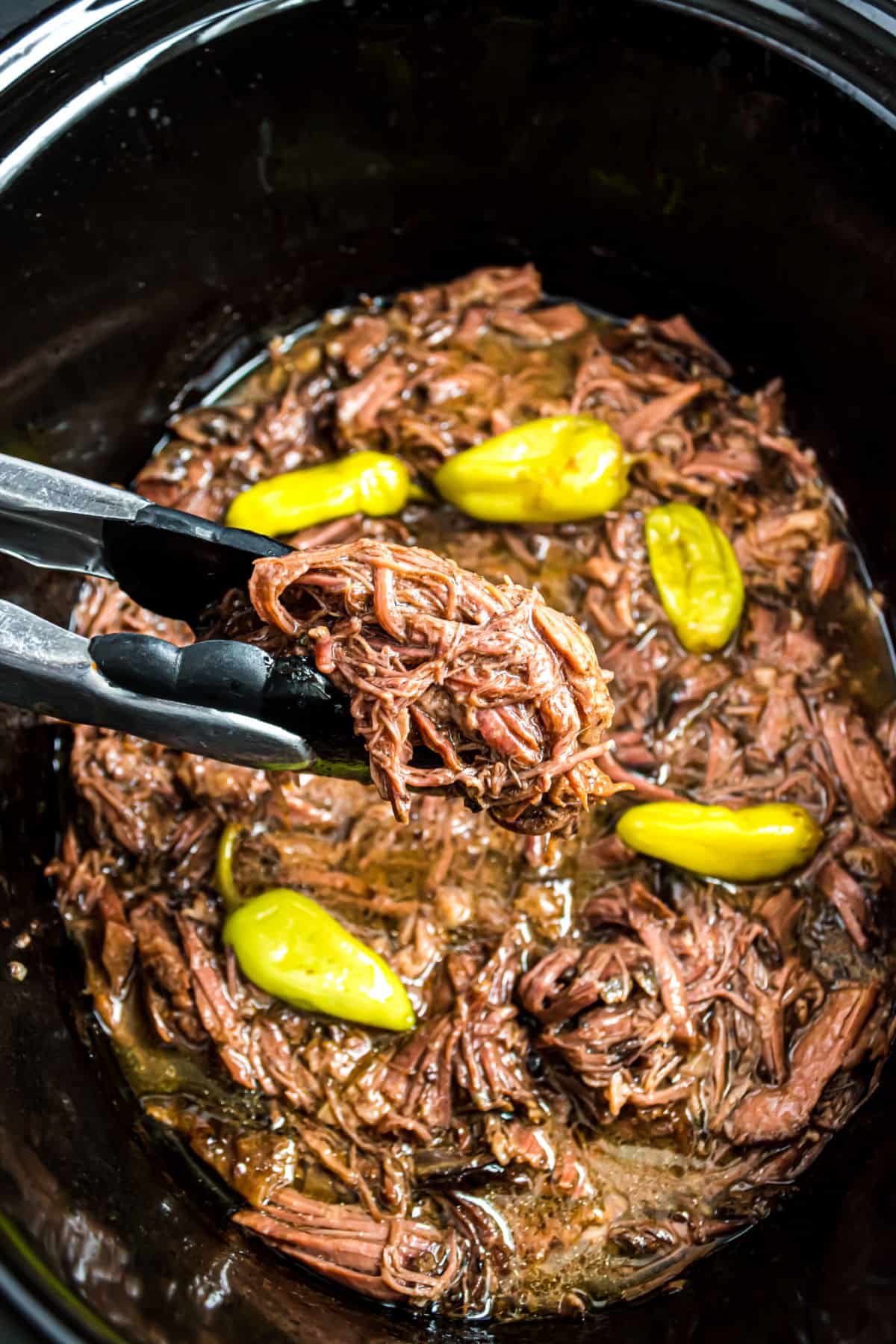
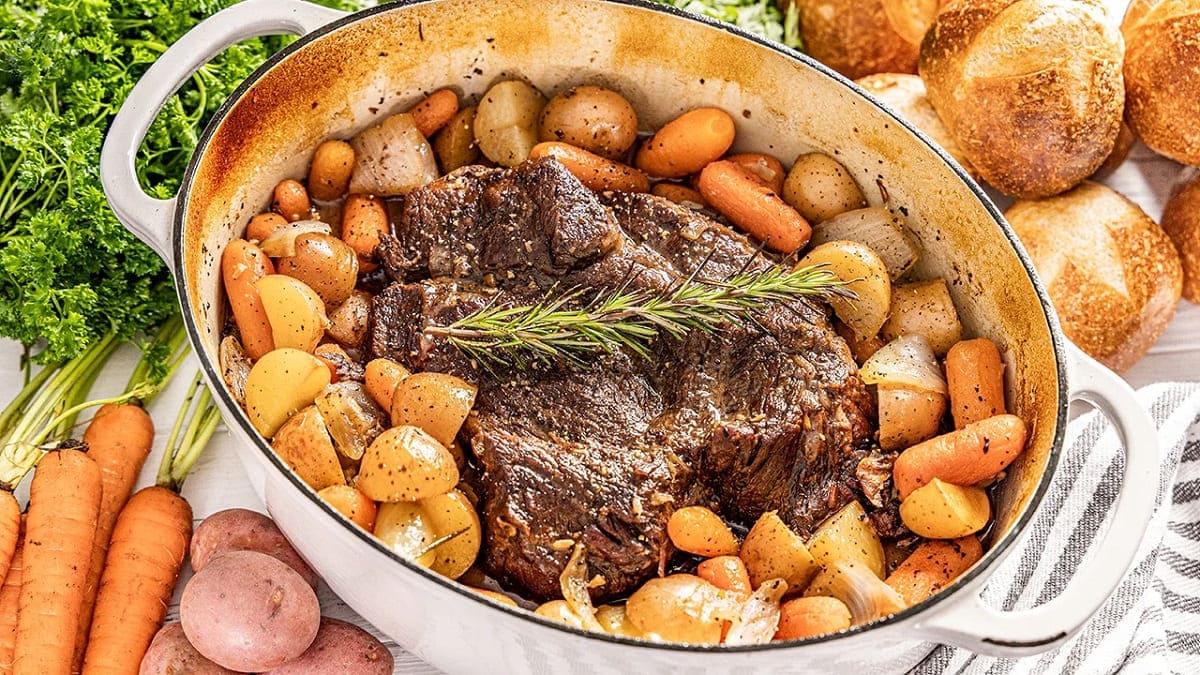
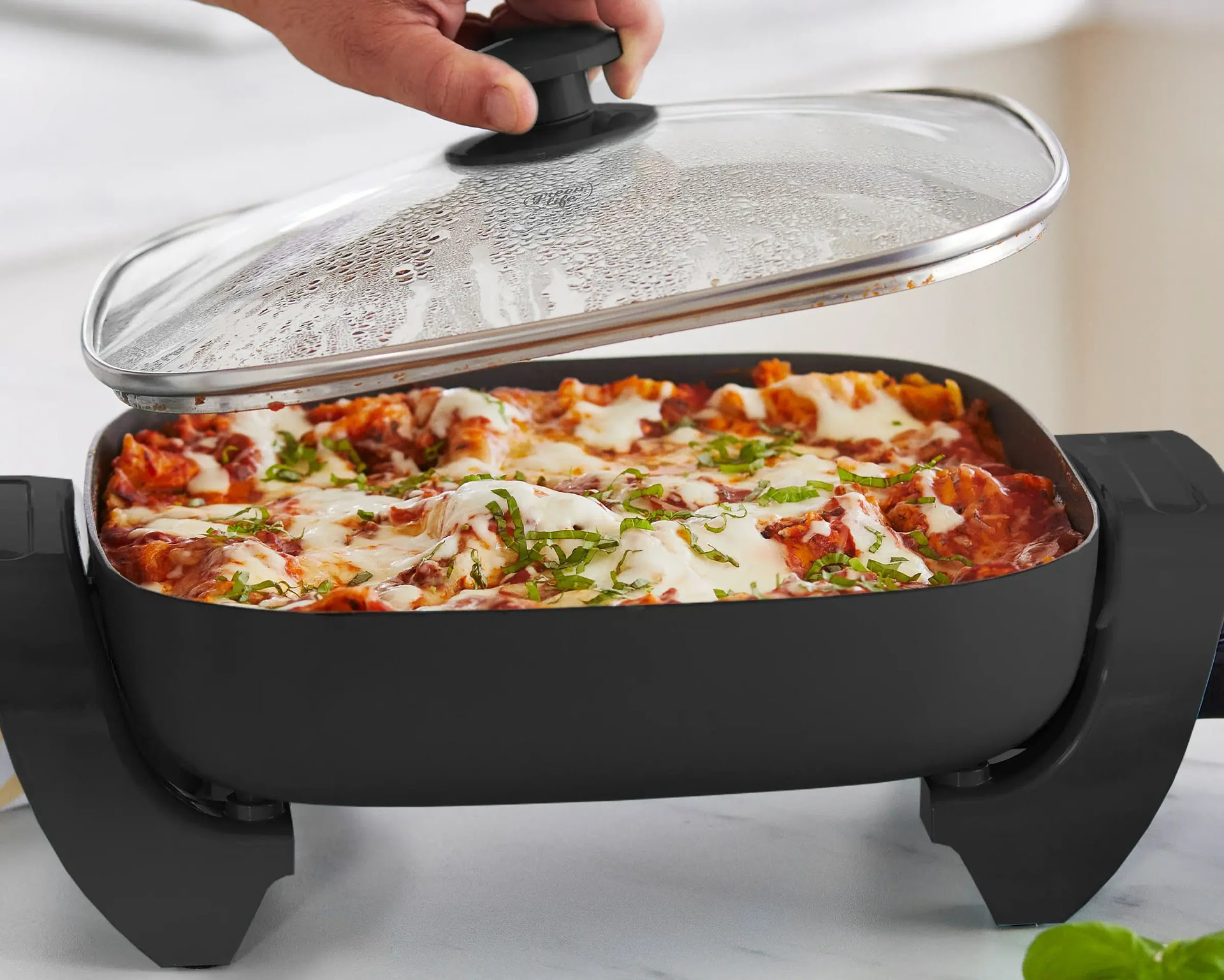
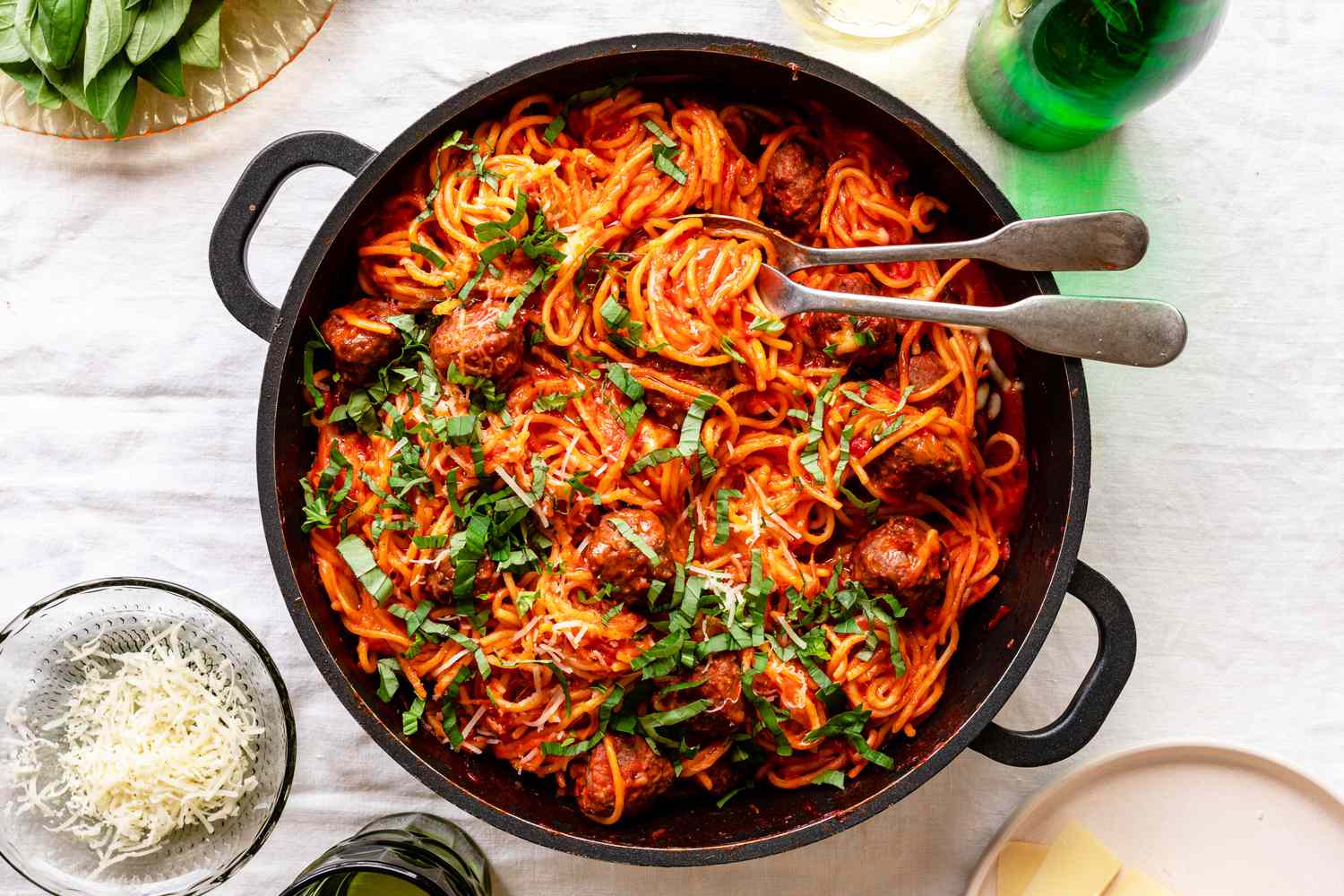
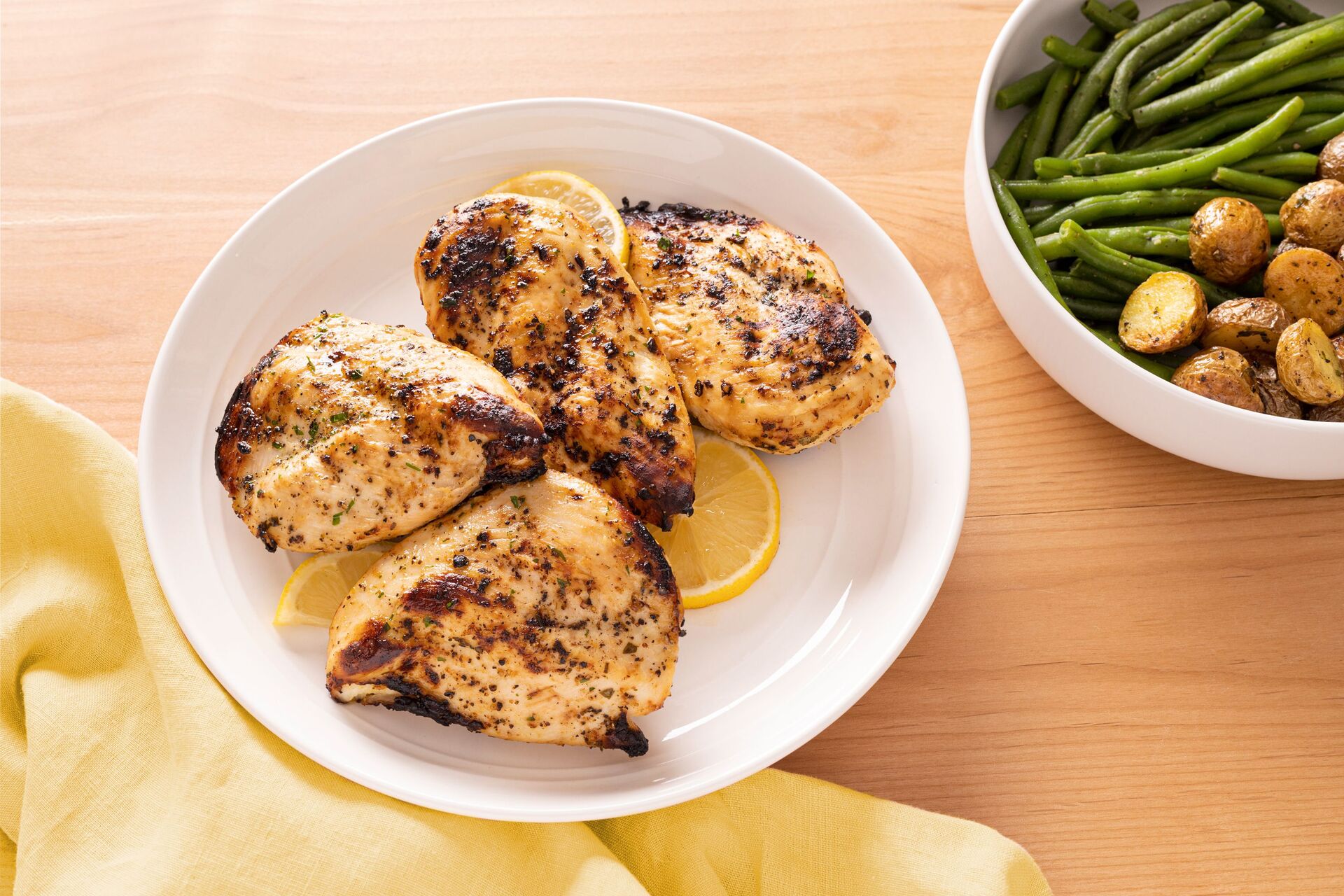
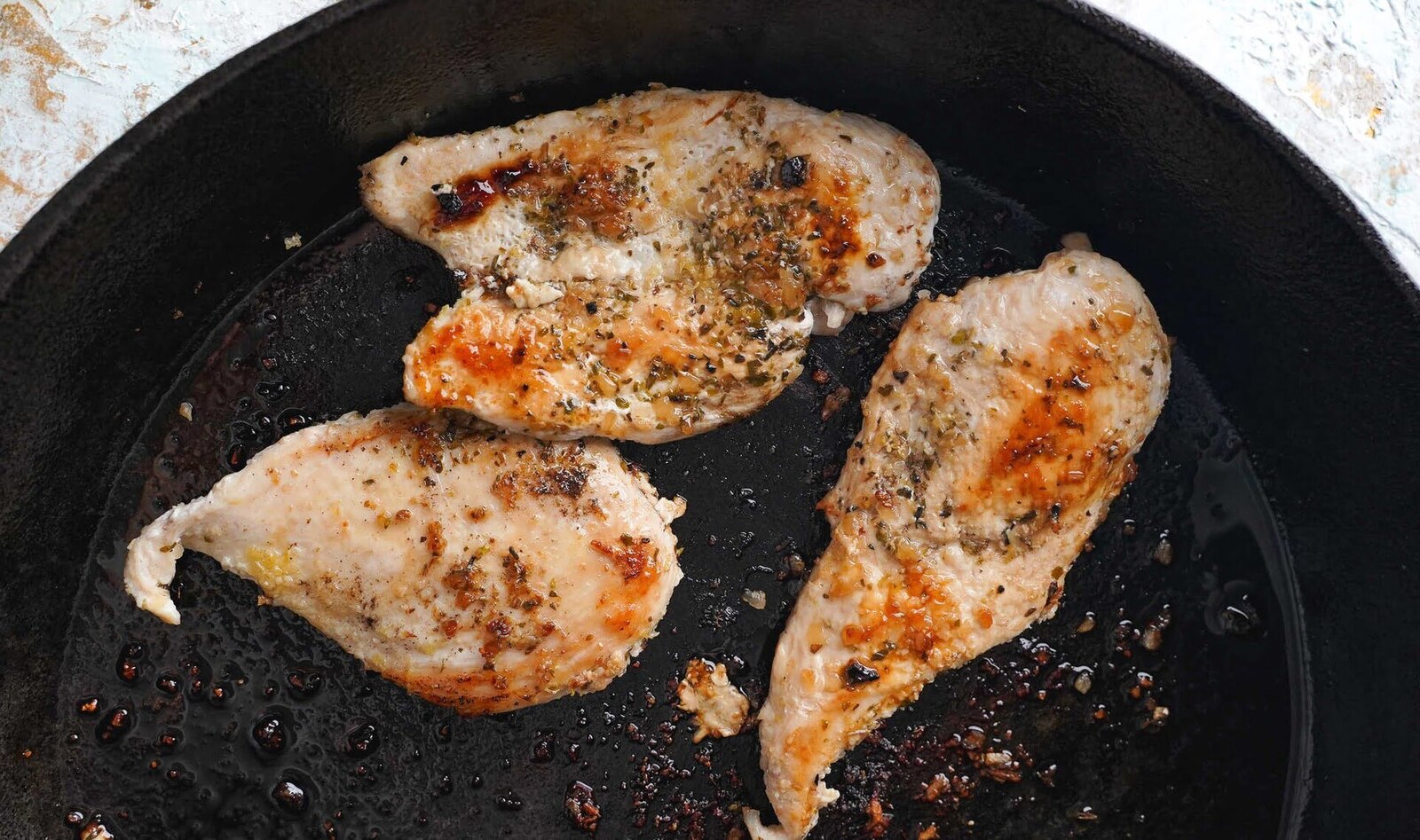
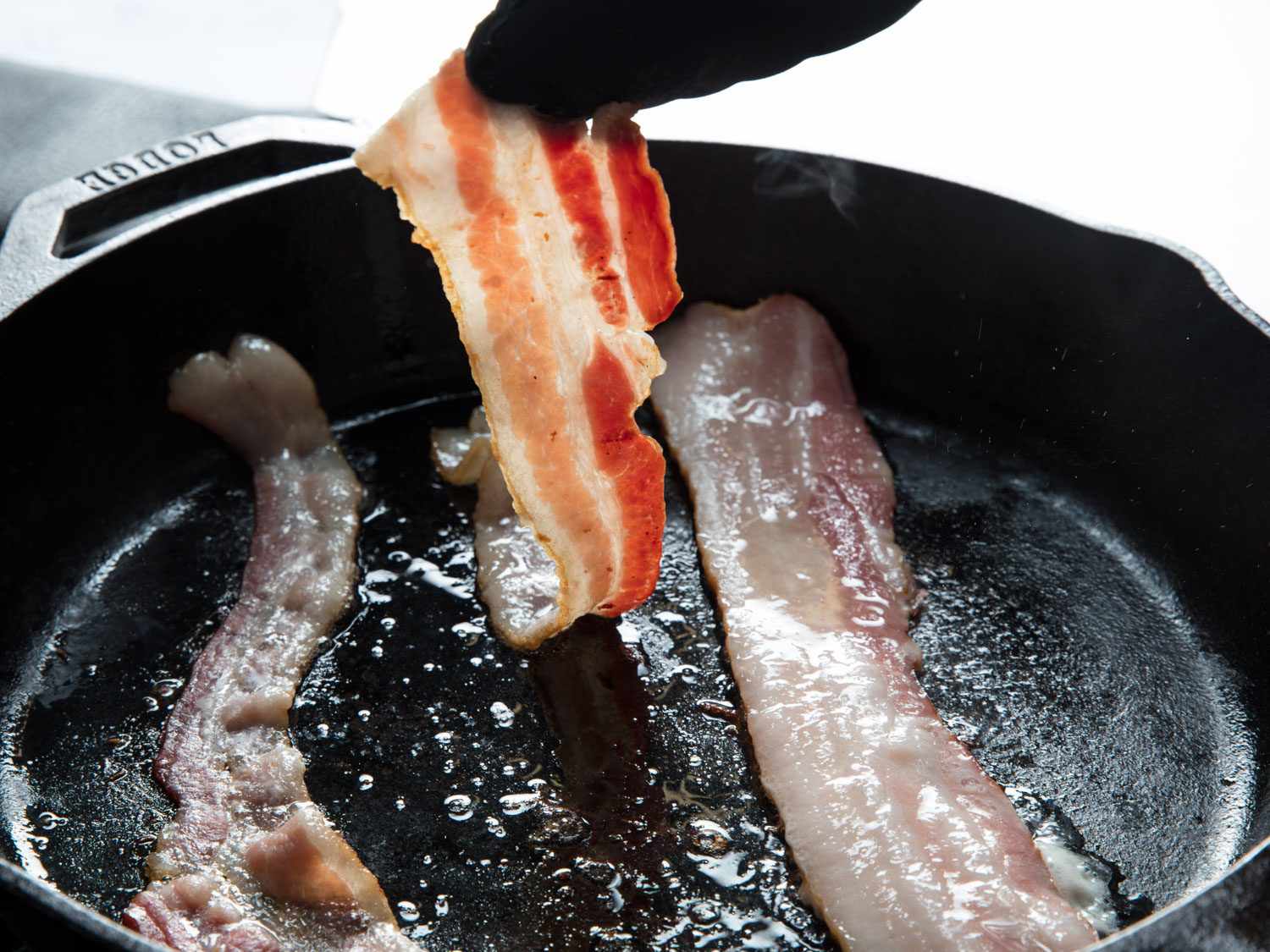

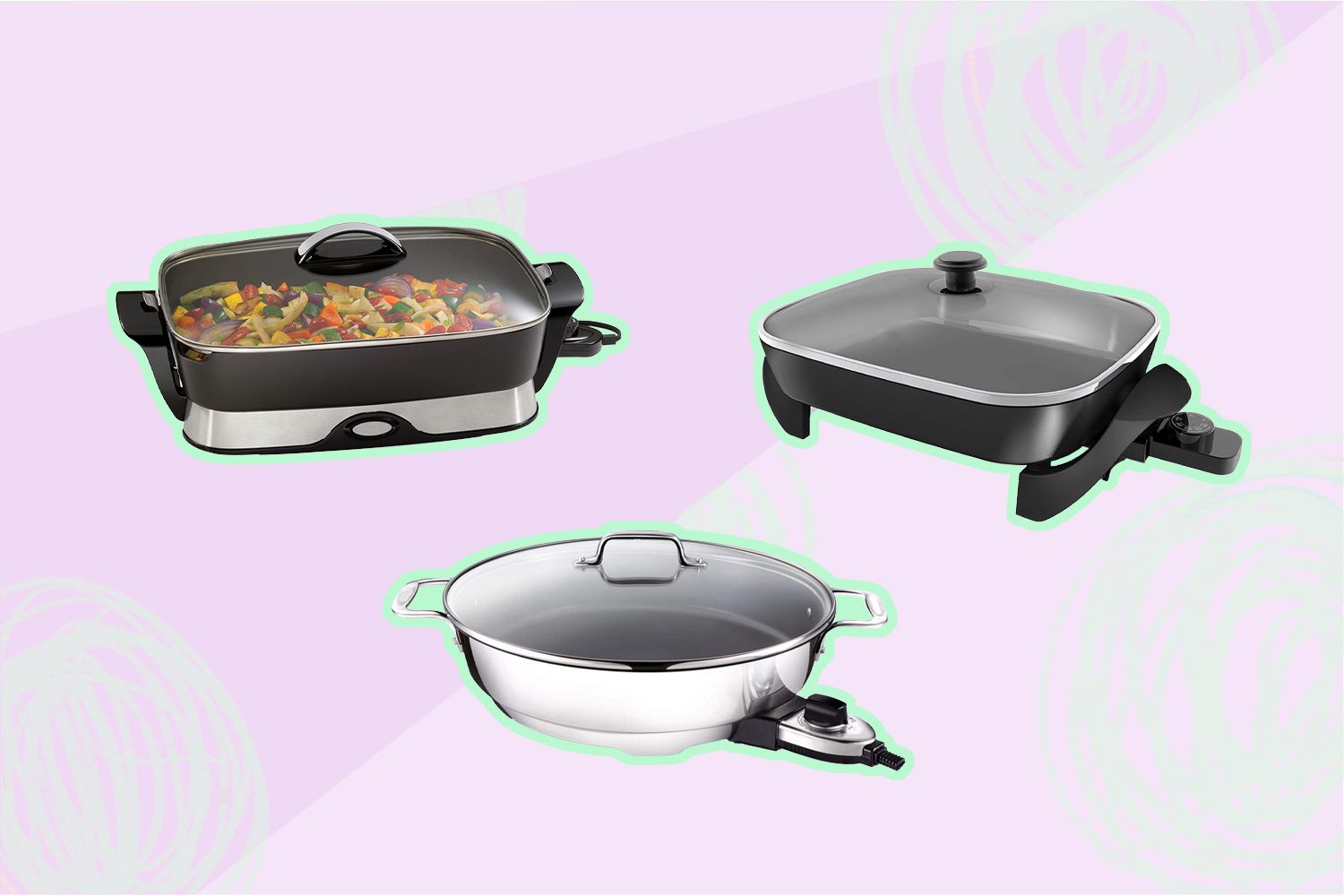
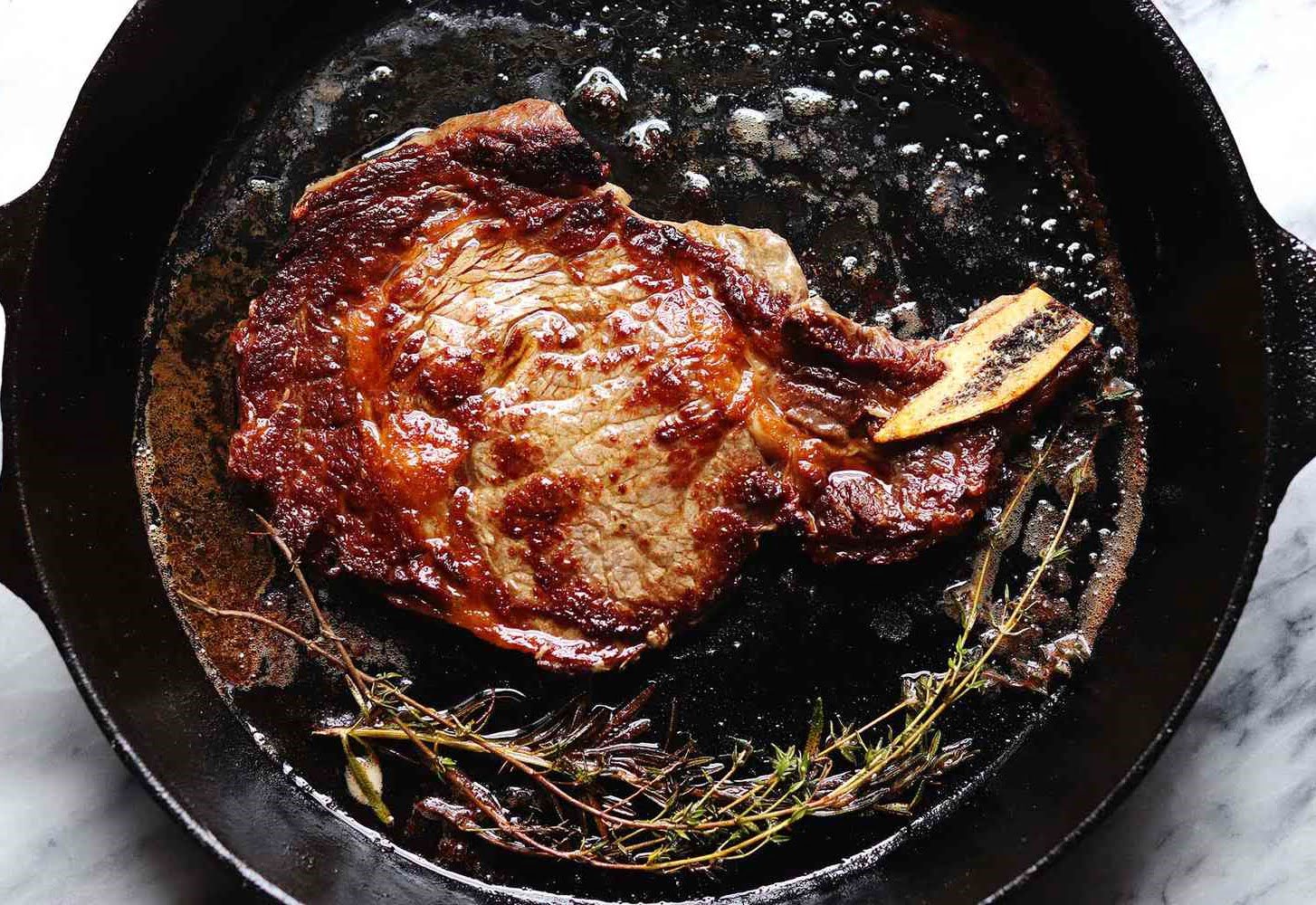
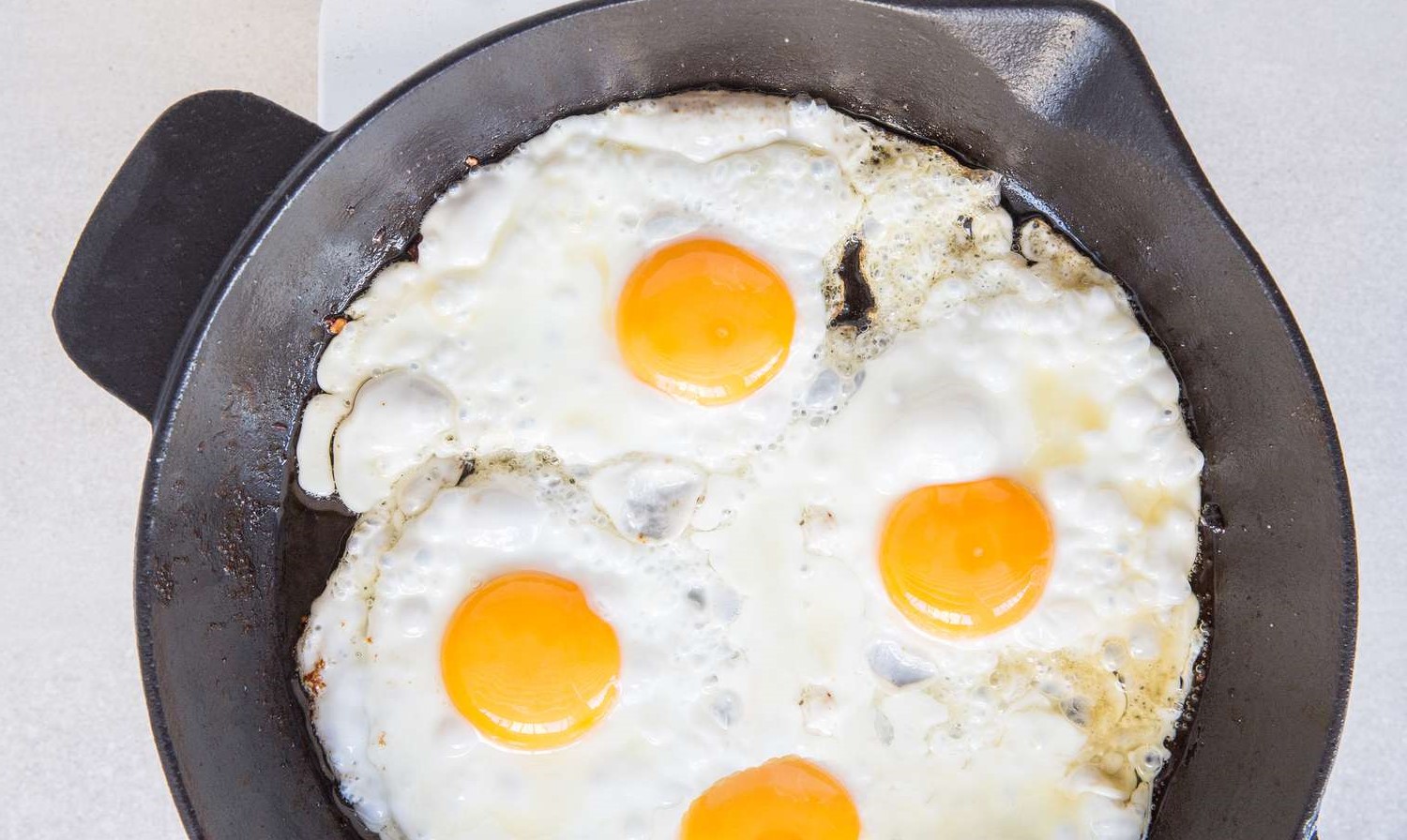
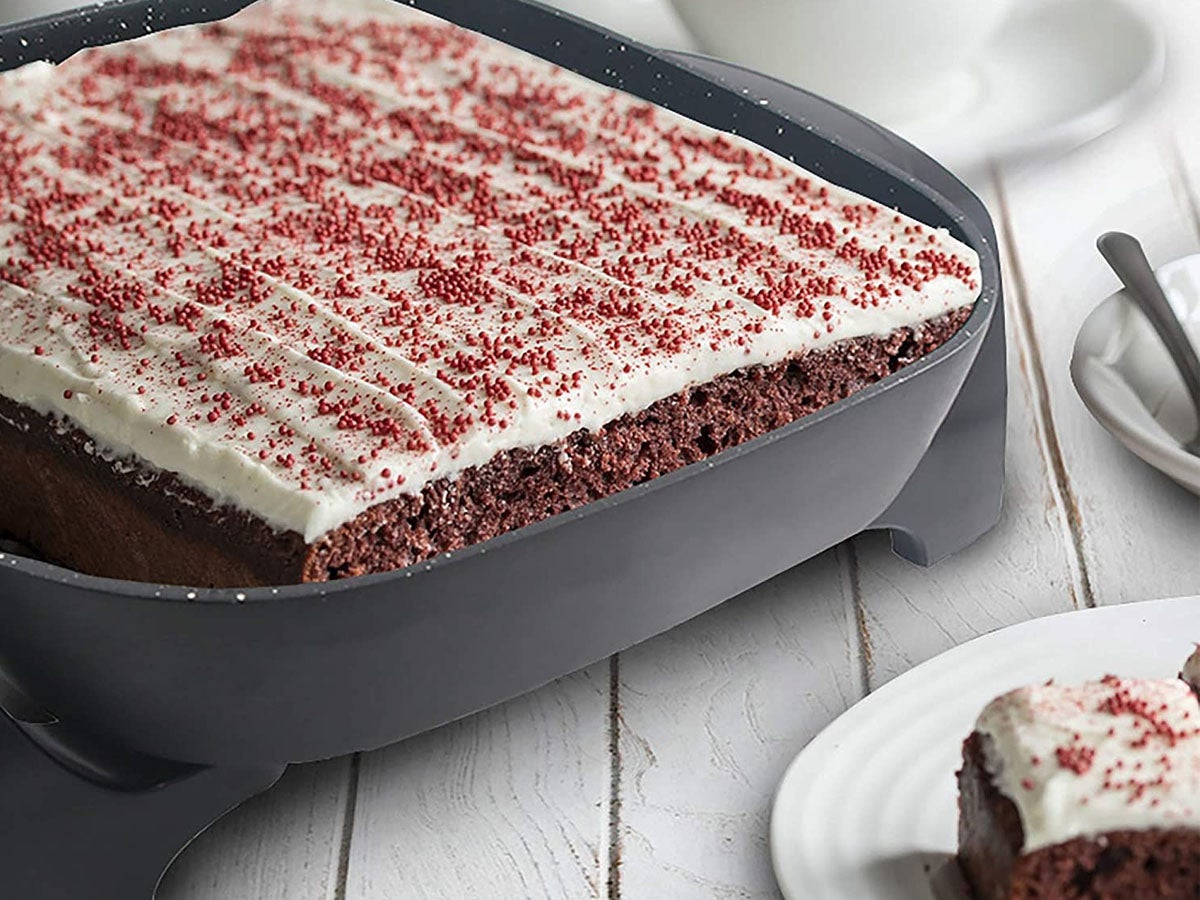
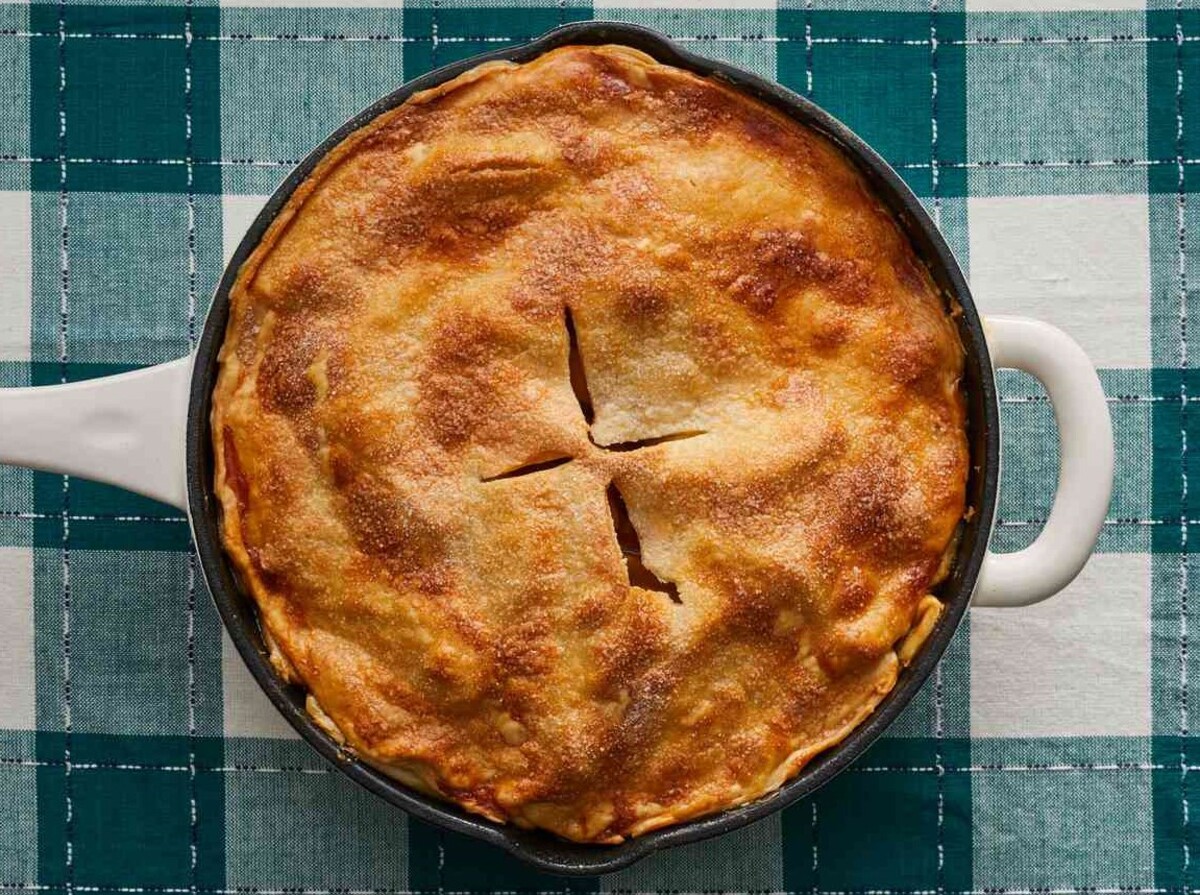

0 thoughts on “How To Cook Pot Roast In An Electric Skillet”